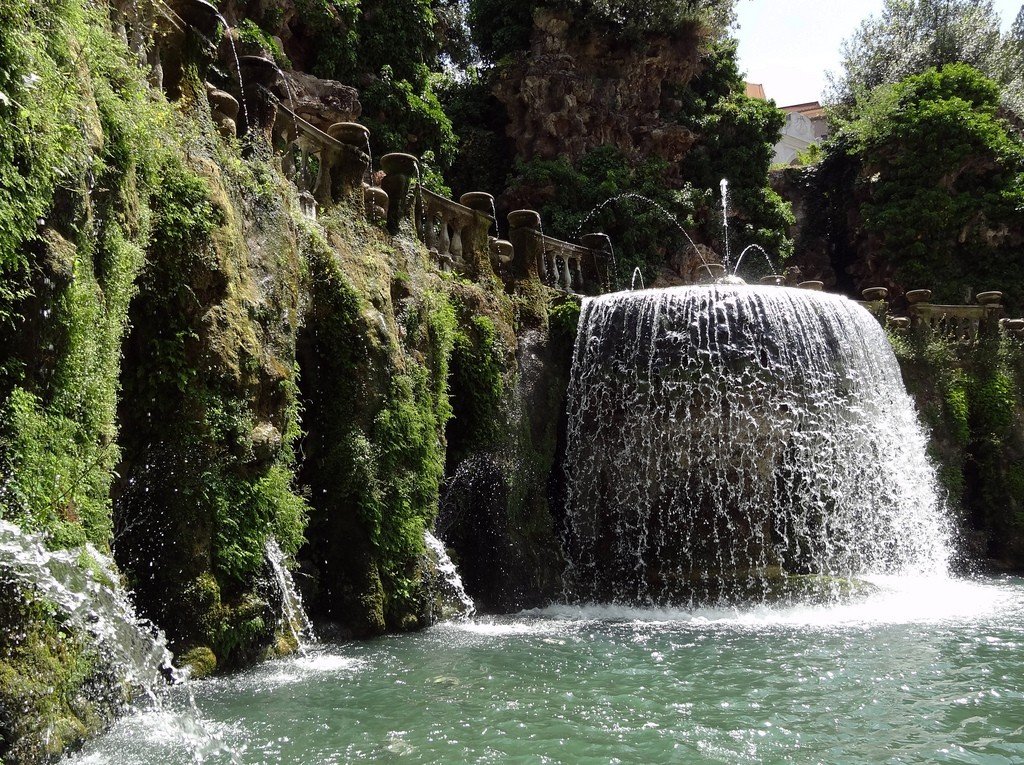Villa d’Este
Villa d’Este, a masterpiece of Italian architecture, is located on the outskirts of Tivoli. Cardinal d’Este called upon the best architects, artists and engineers, wanting to create a palace surrounded by a fantastic late Renaissance Mannerist terraced garden. He focused on the splendor of Hadrian’s Villa, but used the latest technology for the garden and fountains.










General Information
The villa complex comprises a palace and an adjoining garden. In 2001, Villa d’Este was inscribed as a UNESCO World Cultural Heritage Site.
Villa d’Este is considered the “queen of all villas” and one of the finest creations of Renaissance architecture; it was built in 1550 on the site of a former Benedictine monastery by architect Pirro Ligorio.
.From the palace, where the halls are decorated with frescoes, one enters a terraced and magnificent park with countless fountains, cascades and sculptures. Especially interesting are the Alley of a Hundred Fountains and the Organo Fountain, whose cascades have recently been playing organ music again.
The gardens of the Villa d’Este are a striking landscape work that had a great influence on landscape design in Europe. Like other European Renaissance gardens, the garden of the Villa d’Este carries complex philosophical and political symbolism. The Villa d’Este was designed as a garden of the nymphs of the Hesperides, dedicated to Hercules, the mythical progenitor of the d’Este family. The key element of the garden in Tivoli was the statue of Hercules, from which led two symbolic roads – one to Virtue, the other to Vice. On the central axis of the garden was placed, in addition, the statue of Venus, and she also embodied the possibility of choice – this time between the love of Earth and Heaven. The garden with its complex configuration was conceived as a microcosm, metaphorically recreating the local natural environment. This was in keeping with the sixteenth-century notion of the universal interconnectedness of phenomena (the image of a chain stretching from the root cause to the lowest phenomena is found in Giacomo della Porta’s Natural Magic (1558)).
.